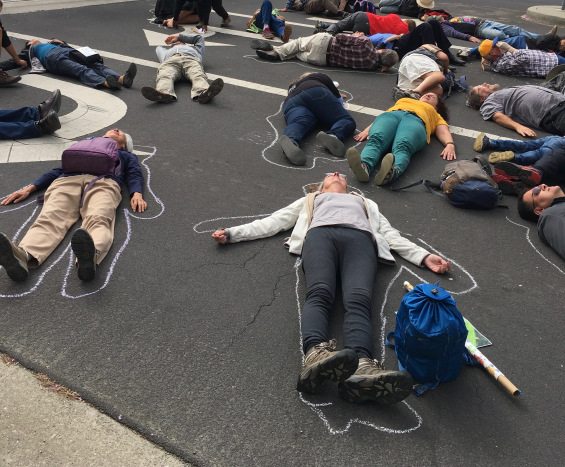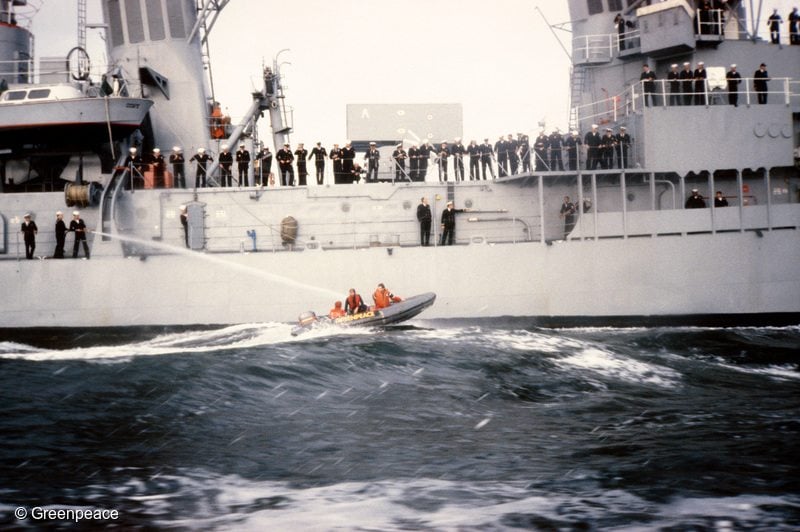Four years after the start of the Fukushima Daiichi nuclear power plant disaster of March 11th 2011 the enormous scale of the nuclear crisis continues to unfold.
In the face of the continuing disaster, even Japanese Prime Minister Abe appears to be revising his position of 2013 that the situation at Fukushima is under control. The INES 7 nuclear accident on the International Atomic Energy Agency (IAEA) nuclear event scale, which led to the melt down of three General Electric Mark 1 Boiling Water Reactors (BWRs) at Fukushima Daiichi has created a nuclear disaster unique in the history of nuclear power. Plant owner, Tokyo Electric Power Company (TEPCO), and sub-contracting companies have used tens of thousands of workers during the past four years, in an attempt to bring the site under some form of control, reduce the risks of further accidents and to lower radioactive releases into the environment, including the Pacific Ocean. Despite the enormous efforts of these workers significant contamination continues to be released from the site and the threats of further accident remain high. The scale of the challenges, including those yet to be identified, means that this work will continue for decades to come. As the people of Japan remember and pay their respects to
the victims of the Great Tohoku earthquake, and amidst all the uncertainties about the Fukushima Daiichi nuclear disaster, one thing is certain, tragically there will be many more anniversaries in the years ahead when the crisis at the Fukushima site will still threaten the environment and people of Japan.



